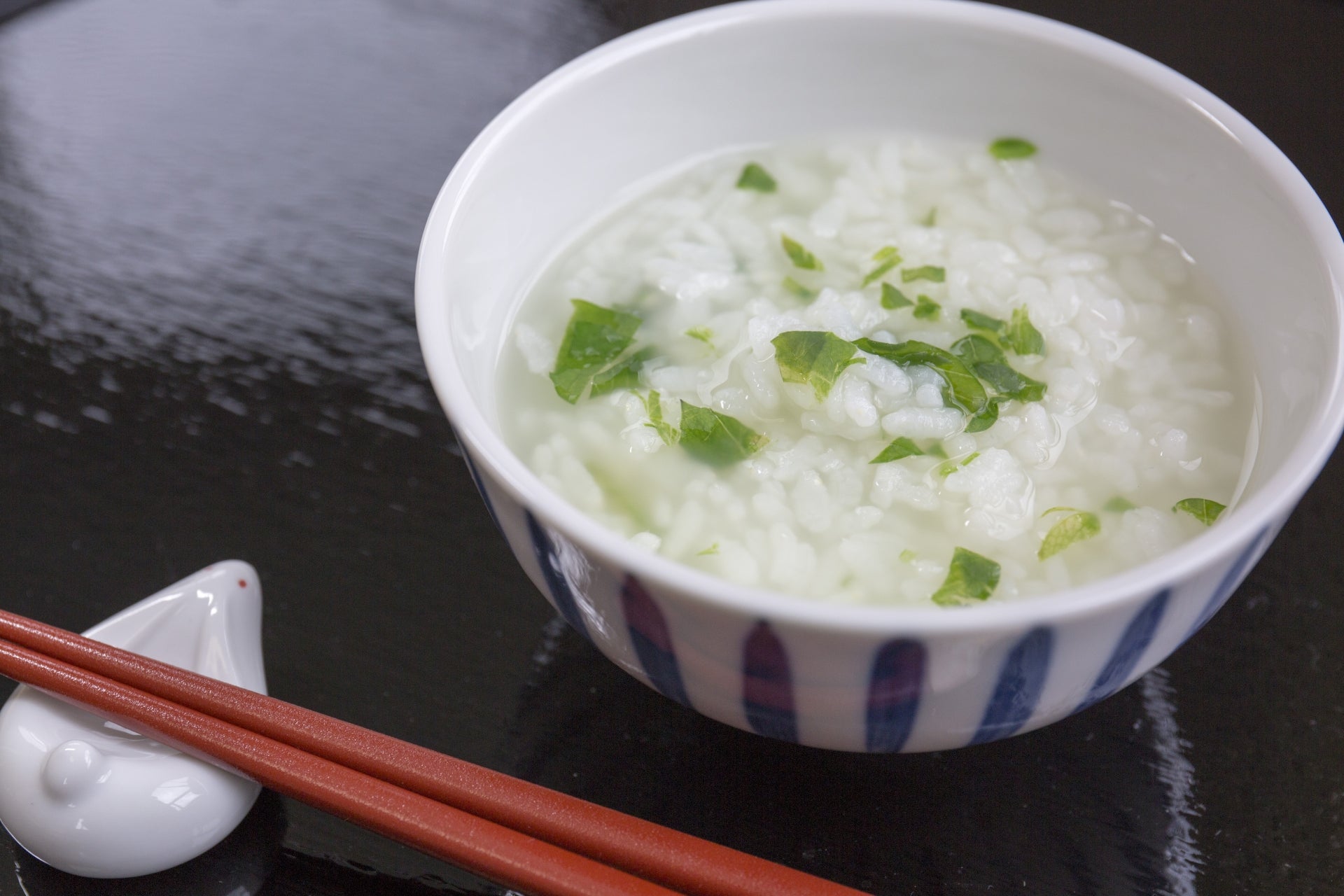On January 12, 2023, The New York Times released "52 Places to Go in 2023" to the surprise of many, the city of Morioka in Iwate prefecture, following London, was introduced as the second destination! When Japanese people heard about this article, they likely found it hard to believe at first.

History of Nambu Cast Iron
We offer a product called Nambu Cast ironware, which comes from Iwate Prefecture, Japan. Nambu ironware dates back to the 17th century when the lord of Morioka invited skilled craftsmen from Kyoto to make tea kettles for the tea ceremony. Thanks to quality materials and support from the domain, craftsmen from various places joined, leading to continuous development. They produced a variety of items, from tea kettles to everyday goods. The famous Nambu iron teapot originated in the 18th century when tea kettles were made smaller and better, making them more accessible to everyone.



https://store.kyotohandicraftcenter.com/products/2105230?_pos=2&_sid=66e9bb806&_ss=r
https://store.kyotohandicraftcenter.com/products/2105222?_pos=1&_sid=66e9bb806&_ss=r
https://store.kyotohandicraftcenter.com/products/2105245?_pos=22&_sid=66e9bb806&_ss=r
During the Meiji era (1868-1912), there was a fire in Morioka city, and surprisingly, the iron products left in the aftermath did not rust. This fortunate accident led to the development of a technique to prevent rust, which was then integrated into the manufacturing process. ATTENTION: The Nambu ironware is crafted with daily dedication and constant improvement to resist rust. Yet, regular maintenance is crucial, as it could still be prone to rust if not properly cared for.
Due to its excellent thermal conductivity, heat quickly and evenly spreads, and it is less prone to scorching as the heat doesn't concentrate in one spot. It is so much easier than it looks and also recommended for outdoor camping. 
A great aspect is its durability, allowing for a lifetime of use with proper care. Starting with ironware that lasts a lifetime, the daily habits and meals in your kitchen can enrich your life, creating a pleasant rhythm. Why not begin the journey of cultivating your own "My Vintage" over the years?
In the previous blog post, I discussed how Ozoni(お雑煮), a traditional Japanese soup, is an indispensable part of the New Year's celebration in Japan, a small island nation. I also gave examples of how different regions use varied ingredients in Ozoni, highlighting the diversity of culture in Japan. Ozoni is perhaps like Banh Chung and Banh Tet for Vietnamese New Yea,Tet, Tteokguk in Korea, La Galette des Rois shared at Epiphany, on 6th January in France or Cotechino con lenticchie in Italy.

In addition to Ozoni(New Year soup), Japanese people also eat toshikoshi soba (year-end noodles) at the end of the year. These dishes symbolize various wishes such as warding off evil, praying for longevity, health, and an increase in financial fortune. Soba, being more easily cut compared to other noodles, is associated with the hope of "cutting off the misfortunes and hardships of the past year, not carrying them over into the next." This is the most well-known explanation for the tradition of eating toshikoshi soba.

After the indulgences of Japanese New Year celebrations, we enjoy Nanakusa Gayu (七草粥) or seven-herb rice porridge on January 7th. This mild and comforting rice porridge allows our stomachs to recover from the feasts we enjoyed during the holiday in Japan.

How did our ancestors know the efficacy of these ingredients?
Regardless of the era or the location, there is no difference in the heartfelt wish for a bountiful year at the beginning of each year, praying for "may the family be healthy and live well again this year," while partaking in rice porridge.
The Seven-Herbs for Nanakusa Gayu
Water dropwort – Seri (せり)
Shepherd’s Purse – Nazuna (なずな・ぺんぺん草)
Cudweed – Gogyo (ごぎょう)
Chickweed – Hakobera (はこべら)
Nipplewort – Hotokenoza (ほとけのざ)
Turnip – Suzuna (すずな・かぶ)
Daikon radish – Suzushiro (すずしろ・大根)
It is said to have effects such as strengthening the stomach, antipyretic effects, diuretic effects, intestinal regulation effects, appetite enhancement, lowering blood pressure, promoting stomach health, and having effects on beauty and colds.

For those who, like me, set New Year's resolutions, for those who may have rushed a bit and need to slow down, or for those who are not feeling well physically or experiencing stress, how about discovering the healing power of slow living and timeless cooking with Nambu Cast Iron?

